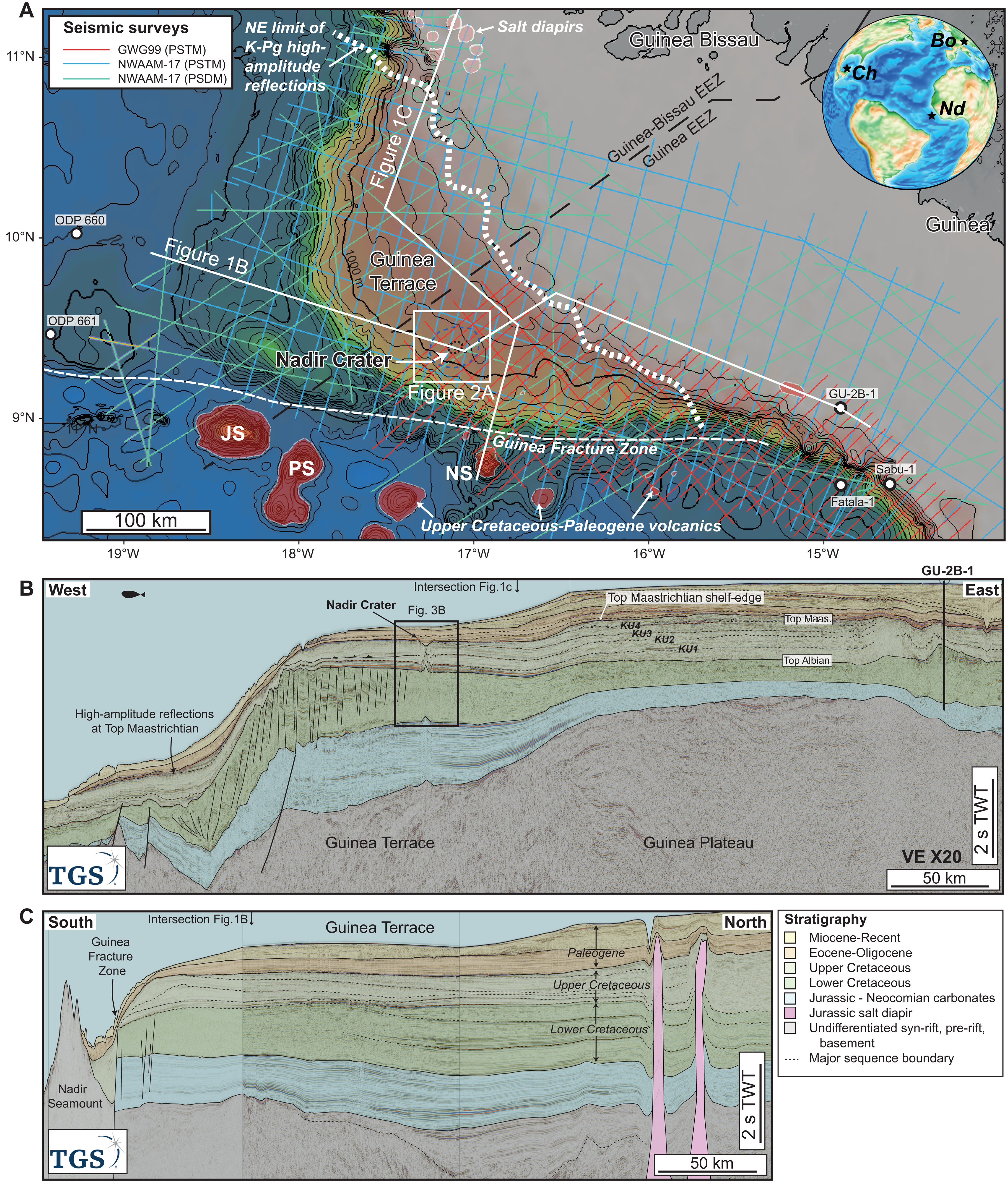Scientists at the University of California, Riverside, have discovered that wildfires emit significant amounts of methane, a greenhouse gas far more potent than carbon dioxide. Methane is around 86 times more powerful than CO2 in warming the planet over 20 years. Despite this, the state’s air quality managers do not account for methane produced by fires, meaning California could struggle to meet its climate goals without factoring in this source of emissions. While it is not new for wildfires to produce methane, the amount generated by the 20 largest fires in 2020 was more than seven times the average produced by fires in the previous two decades.

Francesca Hopkins, a professor of environmental sciences and a co-author of the study, said that larger and more intense wildfires produced more emissions. Fires in 2020 produced the equivalent of 14% of California’s methane budget if such emissions were being monitored, making wildfires the state’s third largest source of methane. Traditional measurements of emissions from wildfires are taken from air samples collected by aircraft. However, the UCR team used a remote sensing technique to measure emissions from the Sequoia Lightning Fire Complex (SLFC) in the Sierra Nevadas in 2020. The technique allows researchers to take safer and more accurate measurements, capturing an integrated plume with different burning phases.
Using the remote sensing technique, the team discovered almost 20 gigagrams of methane emitted by the SLFC, equivalent to around 20,000 elephants’ worth of the gas. If wildfires were included in the state’s methane budget, they would be a bigger source of emissions than residential and commercial buildings, transportation, and power generation but behind agriculture and industry. However, California’s efforts to reduce methane, refrigerants, and other pollutants that cause global warming by 40% by 2030 have primarily focused on sources of emissions that can be controlled, such as waste, farming, and energy production. While the state has been praised for its proactive stance on climate change, Hopkins said it was important for policymakers to acknowledge the threat of wildfires.
This research was published in Atmospheric Chemistry and Physics.
References
- Bernstein, J. (2023, April 17). Methane from megafires: More spew than we knew. UC Riverside News; University of California, Riverside. https://news.ucr.edu/articles/2023/04/17/methane-megafires-more-spew-we-knew
- Frausto-Vicencio, I., Heerah, S., Meyer, A. G., Parker, H. A., Dubey, M., & Hopkins, F. M. (2023). Ground solar absorption observations of total column CO, CO 2 , CH 4 , and aerosol optical depth from California’s Sequoia Lightning Complex Fire: Emission factors and modified combustion efficiency at regional scales. Atmospheric Chemistry and Physics, 23(7), 4521–4543. https://doi.org/10.5194/acp-23-4521-2023











